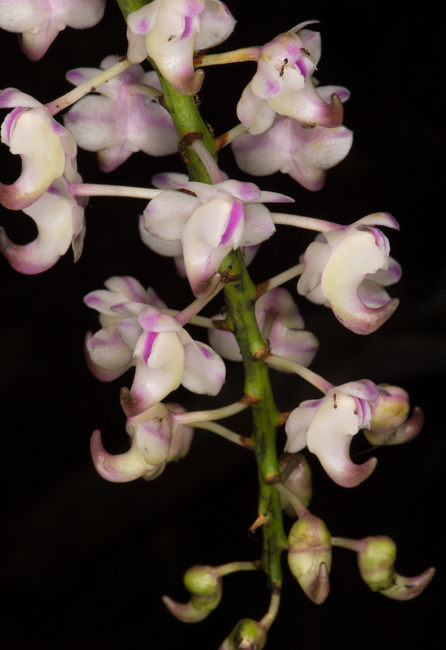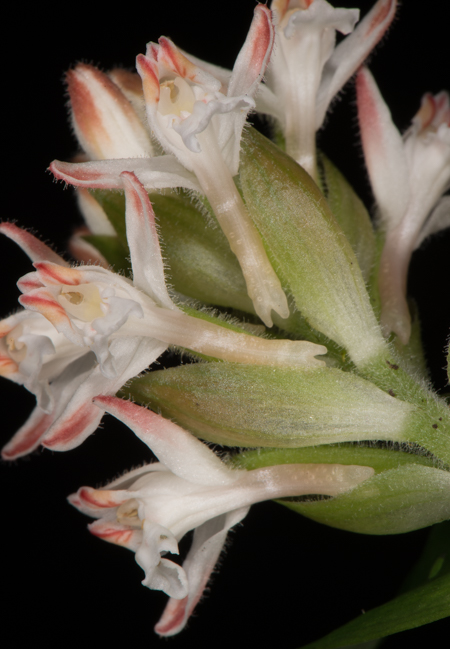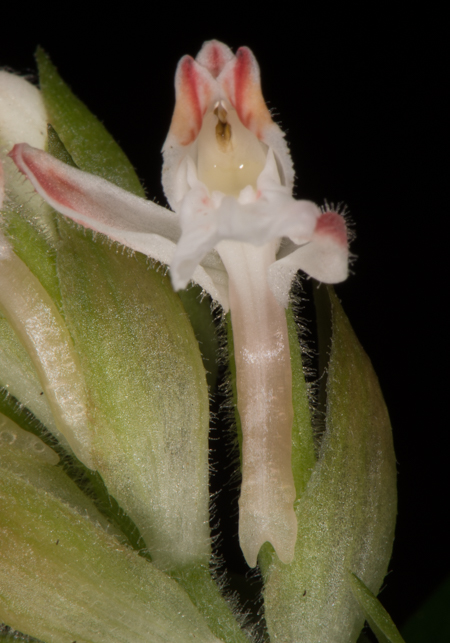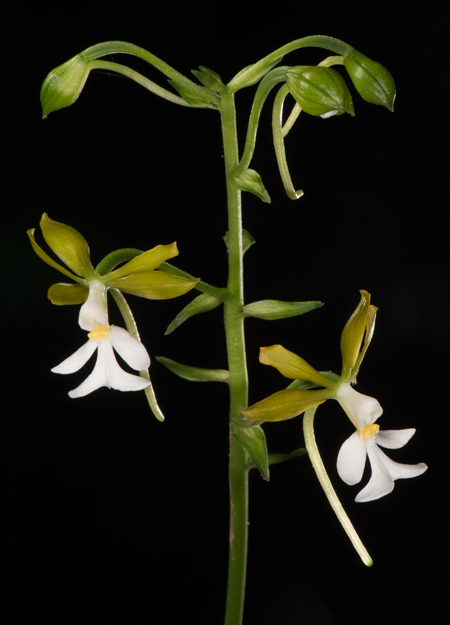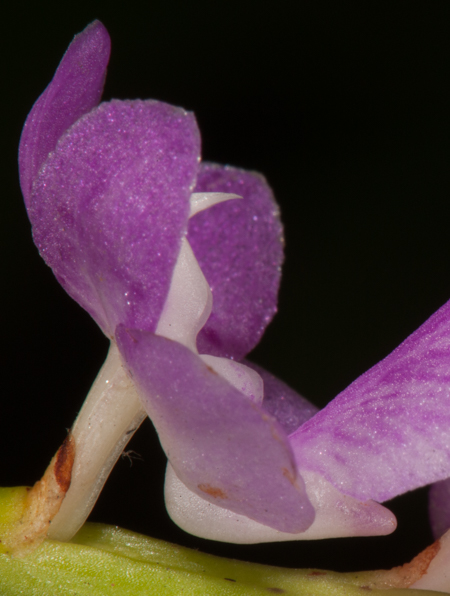In orchid flowers, the basal part of the lip is often lobed, curved up to form a narrow structure with the column running along its open upper side. The apex part of the lip plays the role of a landing pad where the pollinator lands. The odour of the flower, the presence of pseudopollen, or the nectary glands make the pollinator crawl further inside. The anther cap is attached in such a way that it allows the pollinator to move forward without any obstruction. As the pollinator forces its way back, the pollinarium gets attached to the thorax of the pollinator and carried away.
(Note: Explained here is one of the several methods of the process of pollination in orchids.)



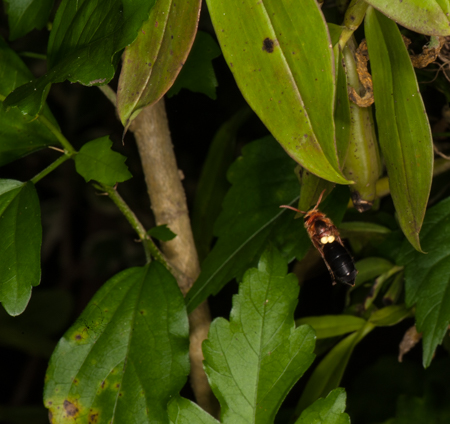
Post 21 – 21/October/2020

